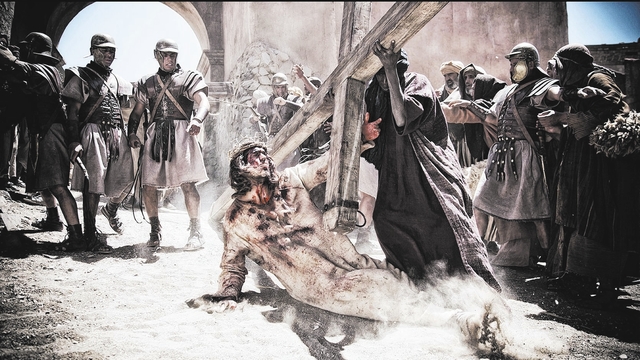The evidence for Easter



If you think politicians make outlandish claims, consider what Christians celebrate at Easter. They believe a man named Jesus was brutally tortured, murdered and buried for three days before rising from the dead. Furthermore, they assert this man was also fully God and that your belief or lack of belief in him determines your eternal destiny.
Christians have no video evidence or DNA tests to prove this. That’s understandable because Christians say the event Easter celebrates took place almost 2,000 years ago.
Americans can’t even agree on things that happened two weeks ago. Isn’t Easter an ancient example of “fake news,” a myth propagated by people putting faith over historical realities?
It’s a valid question. The answer starts with looking at the books of the New Testament. How can you determine if what you read today is what the author wrote 2,000 years ago?
That question isn’t unique to the Bible. There are no original copies of any ancient work. Historians use a twofold test to determine how accurately copyists transmitted a manuscript throughout the ages. Scholars look at how many copies exist and the number of years between the original and the earliest surviving copy.
For example, Julius Caesar fought and won a series of battles against the Gauls from 58 to 50 B.C. He chronicled his conquests in “On the Gallic War.” Historians have 251 manuscripts of this book, and the earliest is from the ninth century, a gap of more than 850 years.
Plato was one of the most important ancient philosophers. He wrote a series of dialogues before he died in 348/347 B.C. Scholars have 210 manuscripts of those writings. The oldest is from 895 A.D,. a gap of more than 1,200 years.
Aside from the Bible, the ancient work with the greatest number of copies is Homer’s “Iliad,” created around 800 B.C. There are more than 1,800 copies of it, and the earliest is from around 400 B.C., a gap of just 400 years.
The books of the New Testament were written between 50 and 100 A.D. There are more than 5,800 New Testament manuscripts in Greek and more than 18,500 New Testament manuscripts in other languages. The time gap between authorship and the earliest manuscript is just 50 years. All statistics are from a 2014 review by Josh McDowell and Clay Jones.
Try telling a history professor that there isn’t enough historical evidence to confirm Julius Caesar conquered the Gaels or that Plato wrote philosophy. Yet there is a much greater track record for the accurate transmittal of the books depicting the life, death and resurrection of Jesus Christ.
An accurate transmission doesn’t mean what is written is true. The “Iliad” is, after all, a work of fiction. A key group, however, did believe the events recorded in the writings that became the New Testament — its authors. Some even explicitly emphasized that their writings were trustworthy and accurate recordings. It wasn’t just idle talk. Their actions changed, too.
Jesus’ disciples abandoned him when he was arrested. Within weeks, however, those cowards became bold preachers of a gospel message that would transform the world. They didn’t get preachy to get rich. Rather, their preaching led to imprisonments and executions.
Faith doesn’t mean turning off your brain. Rather, having faith can be the step one takes based on the evidence, including the historical documentation of an empty tomb.
Happy Easter.
Listen to Victor Joecks discuss his columns each Monday at 9 a.m. with Kevin Wall on 790 Talk Now. Contact him at vjoecks@reviewjournal.com or 702-383-4698. Follow @victorjoecks on Twitter.













